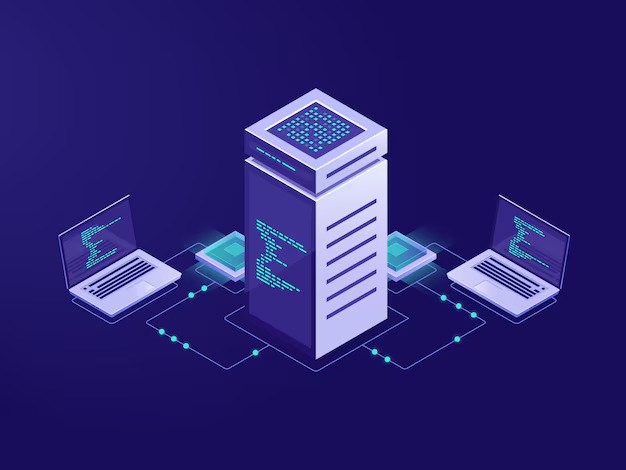The distinction between Linux software RAID and hardware RAID primarily lies in the implementation and management of the RAID array. Linux software RAID is managed by the operating system itself, utilizing the built-in capabilities of the Linux kernel to create and manage RAID configurations.This approach allows for greater flexibility and ease of use, as it can be configured and modified without the need for additional hardware. Software RAID can be particularly advantageous in environments where cost is a concern, as it does not require dedicated RAID controller cards, and it can be easily adapted to different hardware setups.
In contrast, hardware RAID relies on a dedicated RAID controller card that manages the RAID array independently of the operating system.This controller handles all the RAID functions, including data striping, mirroring, and parity calculations, which can lead to improved performance, especially in high-demand environments. Hardware RAID often provides additional features such as battery-backed cache, which can enhance data integrity and recovery in the event of a power failure. However, this solution typically comes at a higher cost due to the need for specialized hardware and may limit flexibility, as the RAID configuration is often tied to the specific controller used.
Another important aspect to consider is the level of support and recovery options available with each type of RAID. Software RAID, being integrated into the operating system, can be more straightforward to manage and recover from failures, as it often allows for easier access to the underlying data.On the other hand, hardware RAID can present challenges during recovery, particularly if the RAID controller fails or if the array needs to be migrated to a different system.
In such cases, the proprietary nature of some hardware RAID solutions can complicate data recovery efforts, making it essential for users to weigh the benefits and drawbacks of each approach based on their specific needs and operational requirements.

